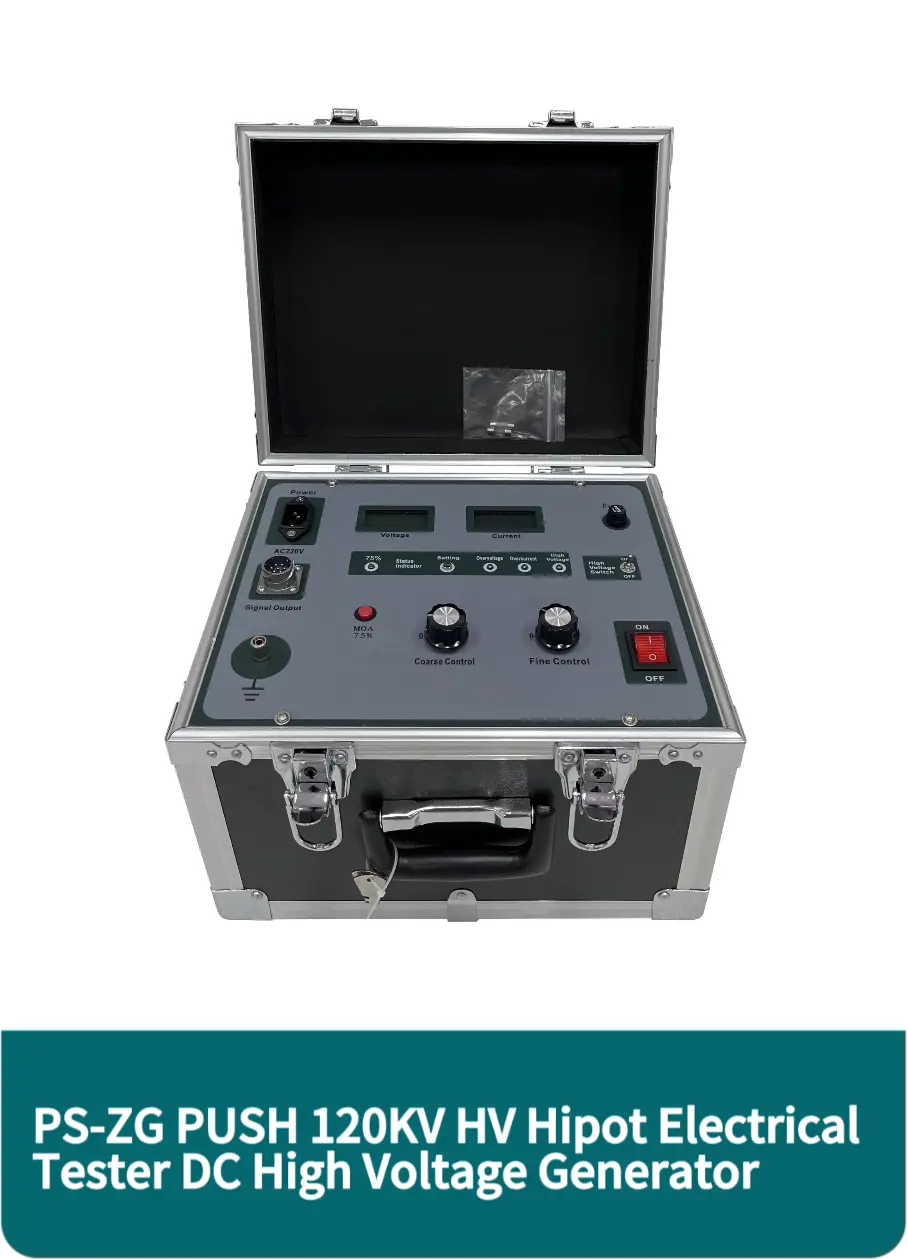 English
English



-
 Afrikaans
Afrikaans -
 Albanian
Albanian -
 Amharic
Amharic -
 Arabic
Arabic -
 Armenian
Armenian -
 Azerbaijani
Azerbaijani -
 Basque
Basque -
 Belarusian
Belarusian -
 Bengali
Bengali -
 Bosnian
Bosnian -
 Bulgarian
Bulgarian -
 Catalan
Catalan -
 Cebuano
Cebuano -
 China
China -
 China (Taiwan)
China (Taiwan) -
 Corsican
Corsican -
 Croatian
Croatian -
 Czech
Czech -
 Danish
Danish -
 Dutch
Dutch -
 English
English -
 Esperanto
Esperanto -
 Estonian
Estonian -
 Finnish
Finnish -
 French
French -
 Frisian
Frisian -
 Galician
Galician -
 Georgian
Georgian -
 German
German -
 Greek
Greek -
 Gujarati
Gujarati -
 Haitian Creole
Haitian Creole -
 hausa
hausa -
 hawaiian
hawaiian -
 Hebrew
Hebrew -
 Hindi
Hindi -
 Miao
Miao -
 Hungarian
Hungarian -
 Icelandic
Icelandic -
 igbo
igbo -
 Indonesian
Indonesian -
 irish
irish -
 Italian
Italian -
 Japanese
Japanese -
 Javanese
Javanese -
 Kannada
Kannada -
 kazakh
kazakh -
 Khmer
Khmer -
 Rwandese
Rwandese -
 Korean
Korean -
 Kurdish
Kurdish -
 Kyrgyz
Kyrgyz -
 Lao
Lao -
 Latin
Latin -
 Latvian
Latvian -
 Lithuanian
Lithuanian -
 Luxembourgish
Luxembourgish -
 Macedonian
Macedonian -
 Malgashi
Malgashi -
 Malay
Malay -
 Malayalam
Malayalam -
 Maltese
Maltese -
 Maori
Maori -
 Marathi
Marathi -
 Mongolian
Mongolian -
 Myanmar
Myanmar -
 Nepali
Nepali -
 Norwegian
Norwegian -
 Norwegian
Norwegian -
 Occitan
Occitan -
 Pashto
Pashto -
 Persian
Persian -
 Polish
Polish -
 Portuguese
Portuguese -
 Punjabi
Punjabi -
 Romanian
Romanian -
 Russian
Russian -
 Samoan
Samoan -
 Scottish Gaelic
Scottish Gaelic -
 Serbian
Serbian -
 Sesotho
Sesotho -
 Shona
Shona -
 Sindhi
Sindhi -
 Sinhala
Sinhala -
 Slovak
Slovak -
 Slovenian
Slovenian -
 Somali
Somali -
 Spanish
Spanish -
 Sundanese
Sundanese -
 Swahili
Swahili -
 Swedish
Swedish -
 Tagalog
Tagalog -
 Tajik
Tajik -
 Tamil
Tamil -
 Tatar
Tatar -
 Telugu
Telugu -
 Thai
Thai -
 Turkish
Turkish -
 Turkmen
Turkmen -
 Ukrainian
Ukrainian -
 Urdu
Urdu -
 Uighur
Uighur -
 Uzbek
Uzbek -
 Vietnamese
Vietnamese -
 Welsh
Welsh -
 Bantu
Bantu -
 Yiddish
Yiddish -
 Yoruba
Yoruba -
 Zulu
Zulu
power factor testing circuit breakers
Power Factor Testing of Circuit Breakers
Power factor testing of circuit breakers is a crucial aspect of ensuring the efficient operation and longevity of electrical systems. As our reliance on electric power continues to rise, the need for dependable components such as circuit breakers becomes ever more apparent. Circuit breakers function as protective devices in electrical systems; they interrupt current flow during fault conditions to prevent damage to equipment and reduce the risk of fire hazards. However, the ability of circuit breakers to perform effectively is inherently linked to their power factor capability.
Power factor (PF) is a dimensionless number ranging from 0 to 1, representing the ratio of real power (measured in watts) used in a circuit to the apparent power (measured in volt-amperes) flowing in the circuit. In simple terms, a power factor of 1 signifies that all the power being drawn is being effectively converted into useful work. Conversely, a lower power factor indicates that a larger portion of the electrical power is not being utilized efficiently, leading to losses and reduced system performance.
Power Factor Testing of Circuit Breakers
The power factor testing procedure typically involves assessing the circuit breaker’s performance at various load levels and measuring its ability to interrupt current at different power factor values. This can be accomplished with specialized equipment that allows technicians to simulate load scenarios while monitoring the breaker’s response. During these tests, key parameters such as trip times, contact resistance, and recovery times after interruption are measured. These metrics provide insights into the reliability and performance efficiency of the circuit breaker.
power factor testing circuit breakers

One common method of power factor testing is the use of a power factor meter. This instrument measures the phase difference between voltage and current waveforms, giving a direct indication of the power factor. For circuit breakers that switch capacitive or inductive loads, understanding the behavior of the breaker under these conditions is vital since it can impact the entire system’s efficiency.
In addition to determining operational effectiveness, power factor testing can help identify potential issues within the circuit breaker itself, such as wear and tear on moving parts or insulation breakdown. These factors can lead to an increased risk of failure, particularly in high-load scenarios where improper functioning can have dire consequences. Regular power factor testing can, therefore, be seen as a form of preventive maintenance, potentially saving organizations from costly downtime and repairs.
Moreover, utilities and industrial plants are often incentivized to maintain a high power factor due to its implications on energy costs and capacity limitations. Circuit breakers with poor power factor capabilities may lead to higher electricity bills and can incur penalties from utilities. Therefore, understanding power factor testing as it relates to circuit breakers is not only beneficial for equipment longevity but also for optimized operational costs.
In summary, power factor testing of circuit breakers is an essential practice that ensures the reliable, efficient, and safe operation of electrical systems. By assessing how circuit breakers interact with different loads and power factors, organizations can make informed decisions regarding equipment selection, maintenance schedules, and system upgrades. This proactive approach not only enhances system performance but also contributes to the overall sustainability of electrical infrastructures. As technology evolves and power demands increase, maintaining a focus on power factor and the testing of circuit breakers will be paramount to meeting the challenges of modern electrical distribution.
-
Exploring the Main Types of Industrial Endoscopes and Their Applications Across IndustriesNewsJul.04,2025
-
Testing Equipment Industry Sees Major Advancements in 2025: Smart & Precision Technologies Lead the WayNewsJun.06,2025
-
Applications of Direct Current Generators in Renewable Energy SystemsNewsJun.05,2025
-
Hipot Tester Calibration and Accuracy GuidelinesNewsJun.05,2025
-
Digital Circuit Breaker Analyzer Features and BenefitsNewsJun.05,2025
-
Benefits of Real-Time Power Quality Monitoring Devices for Industrial EfficiencyNewsJun.05,2025



